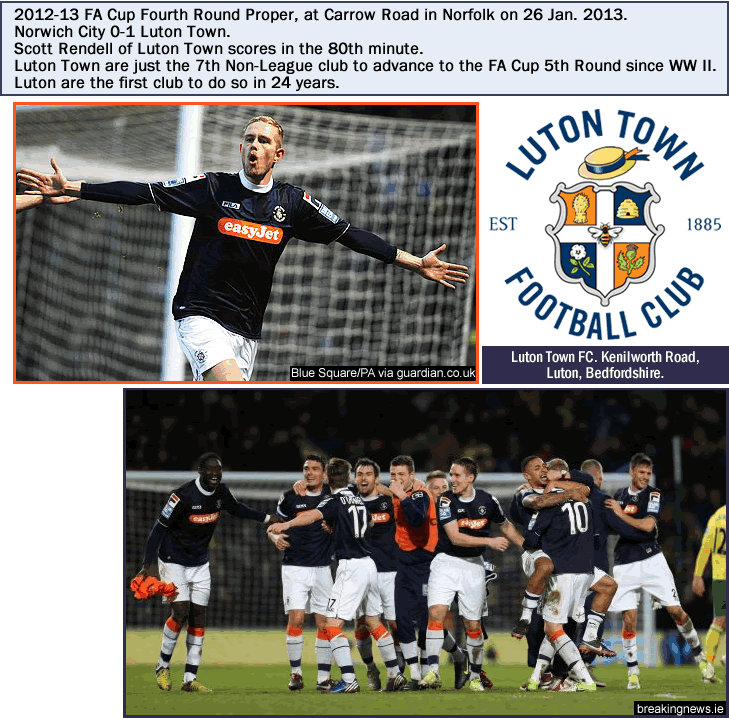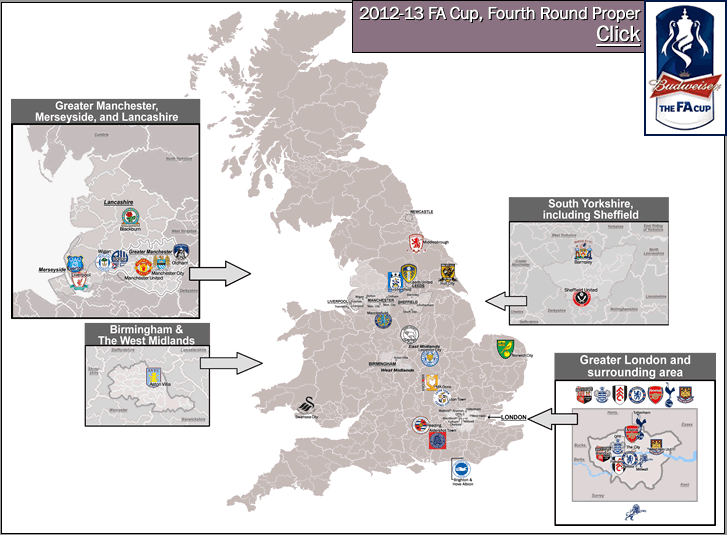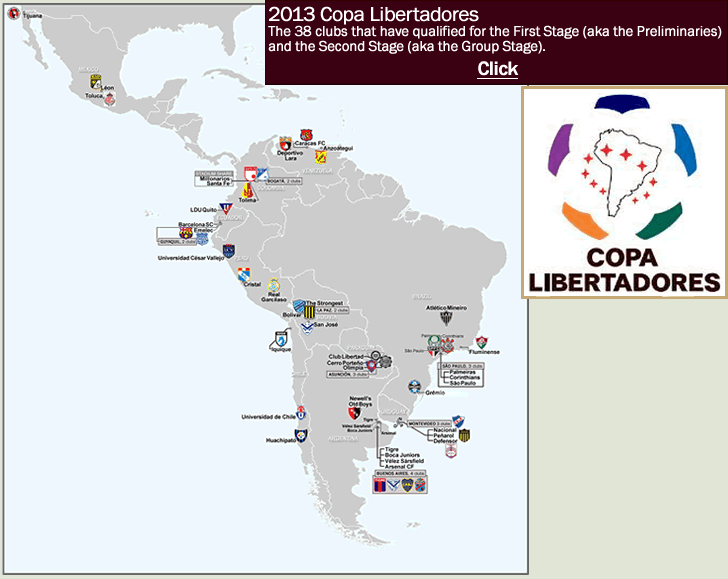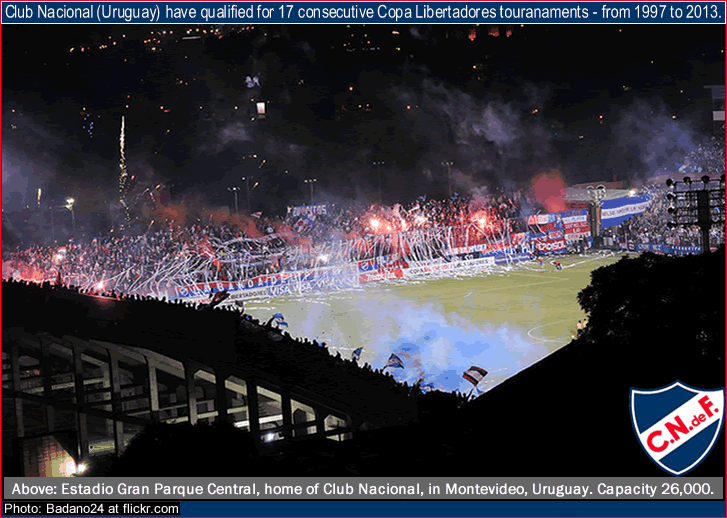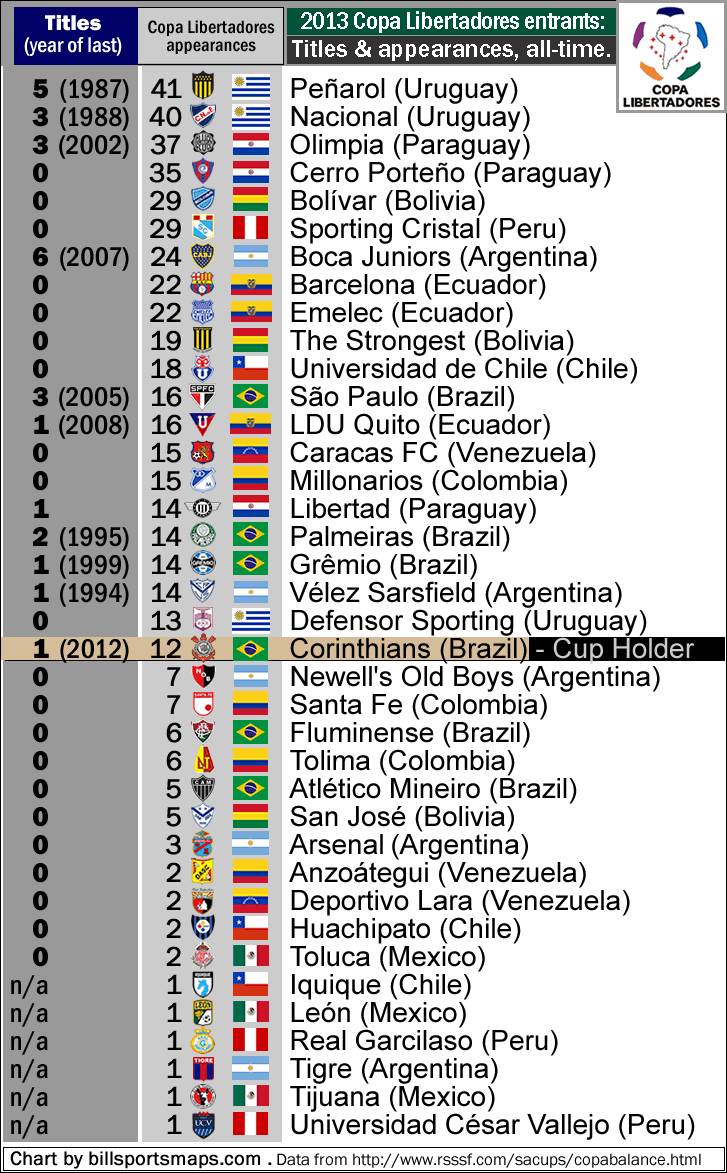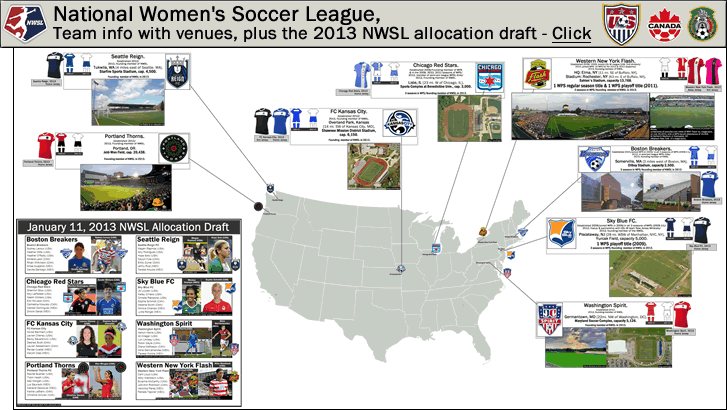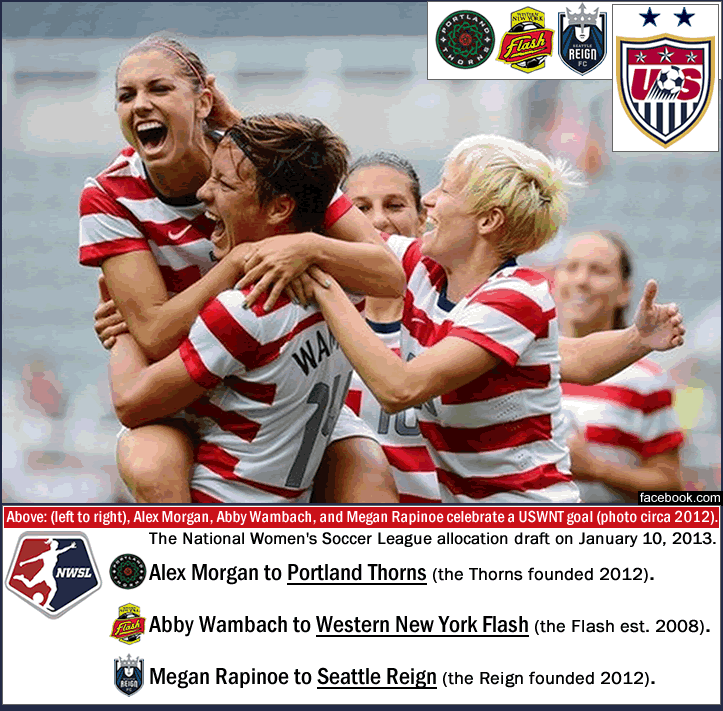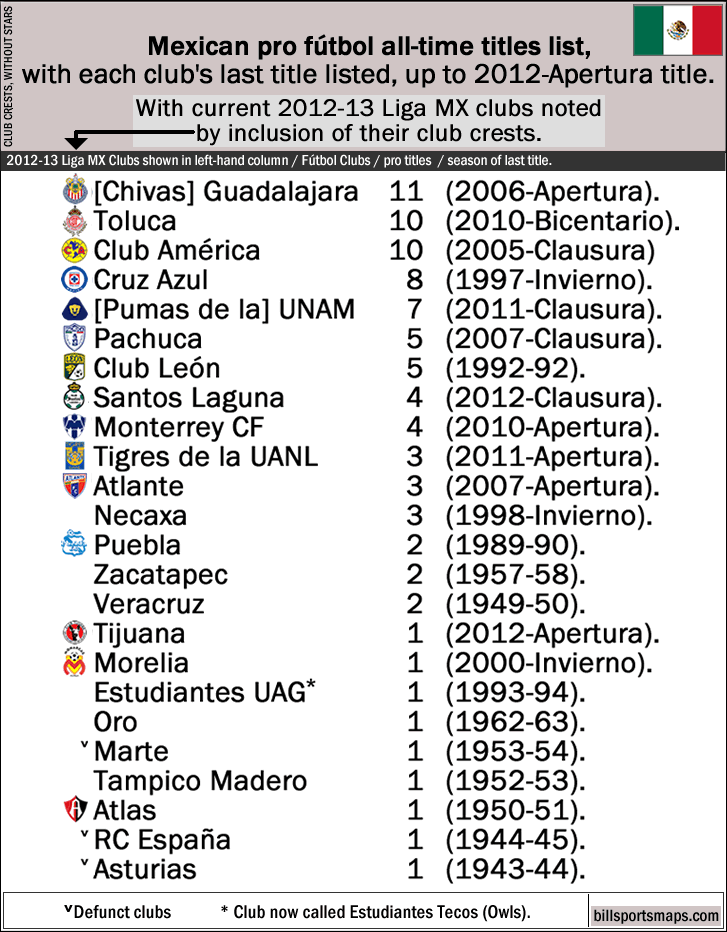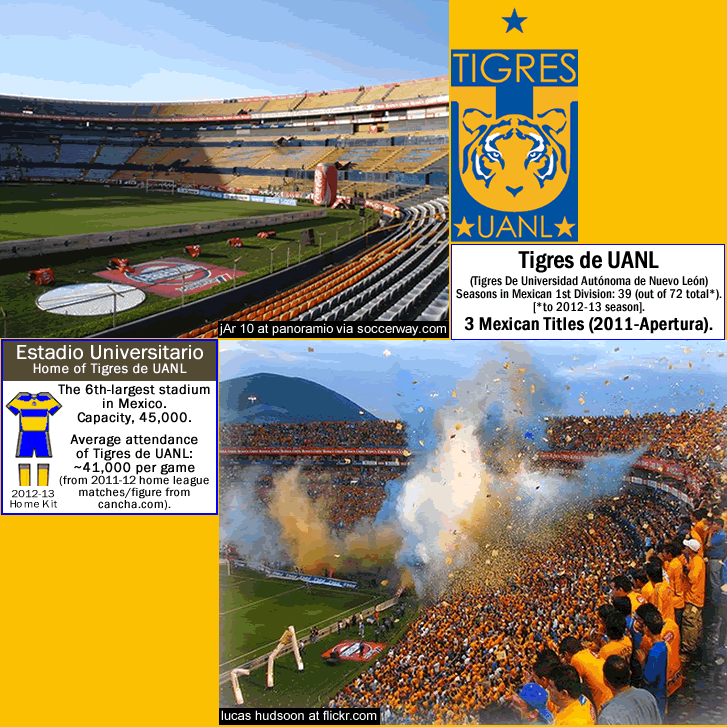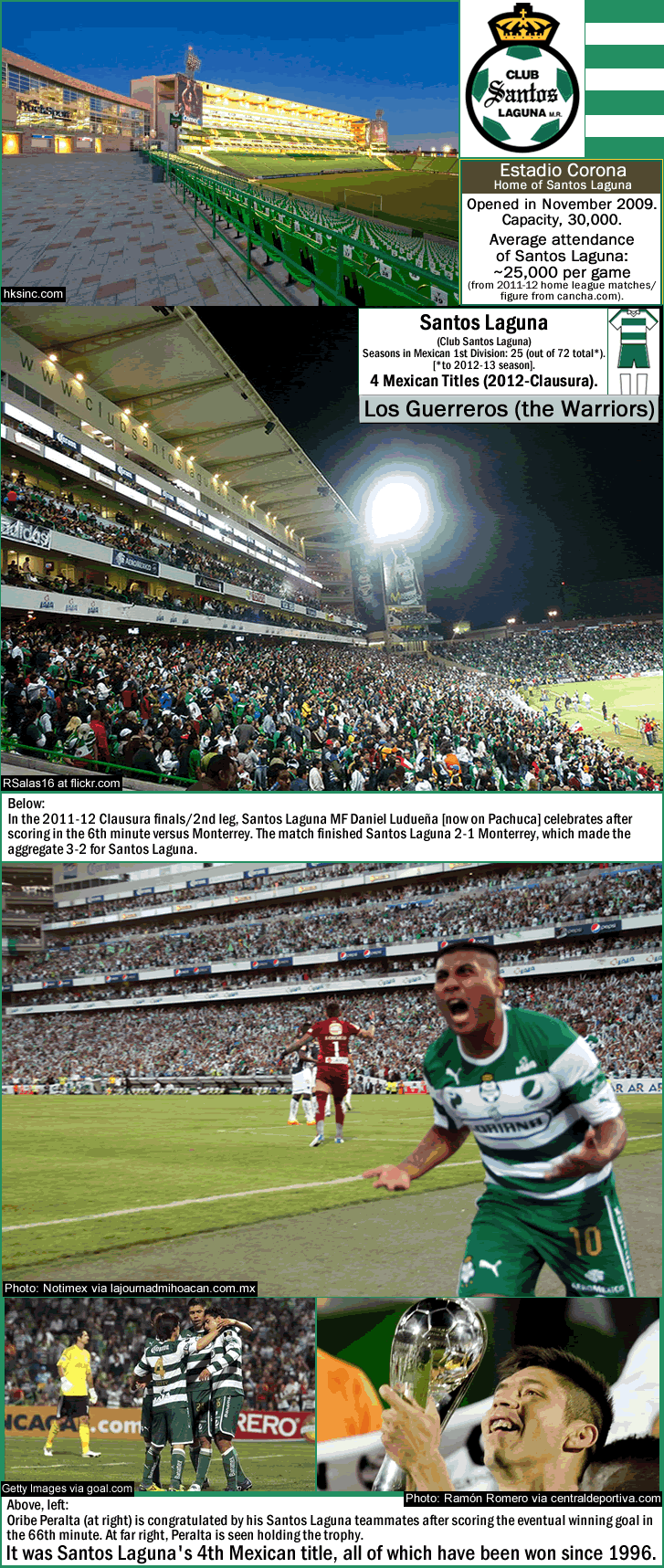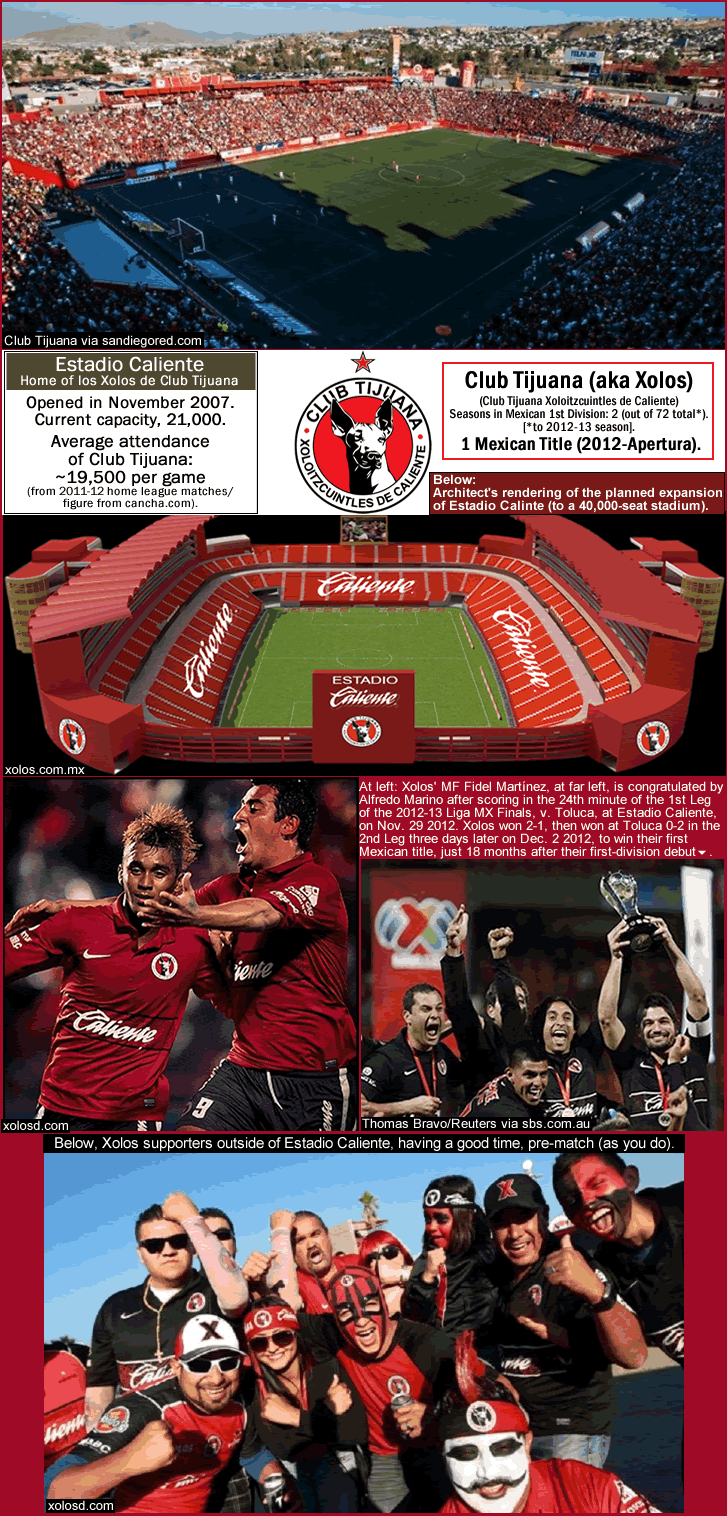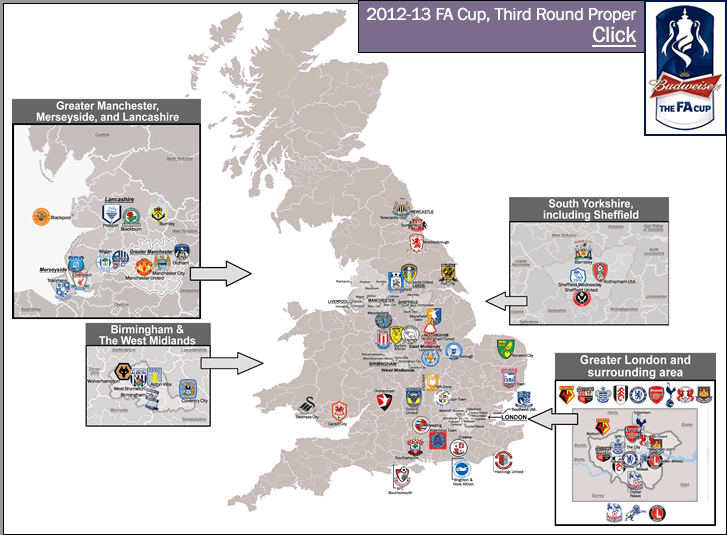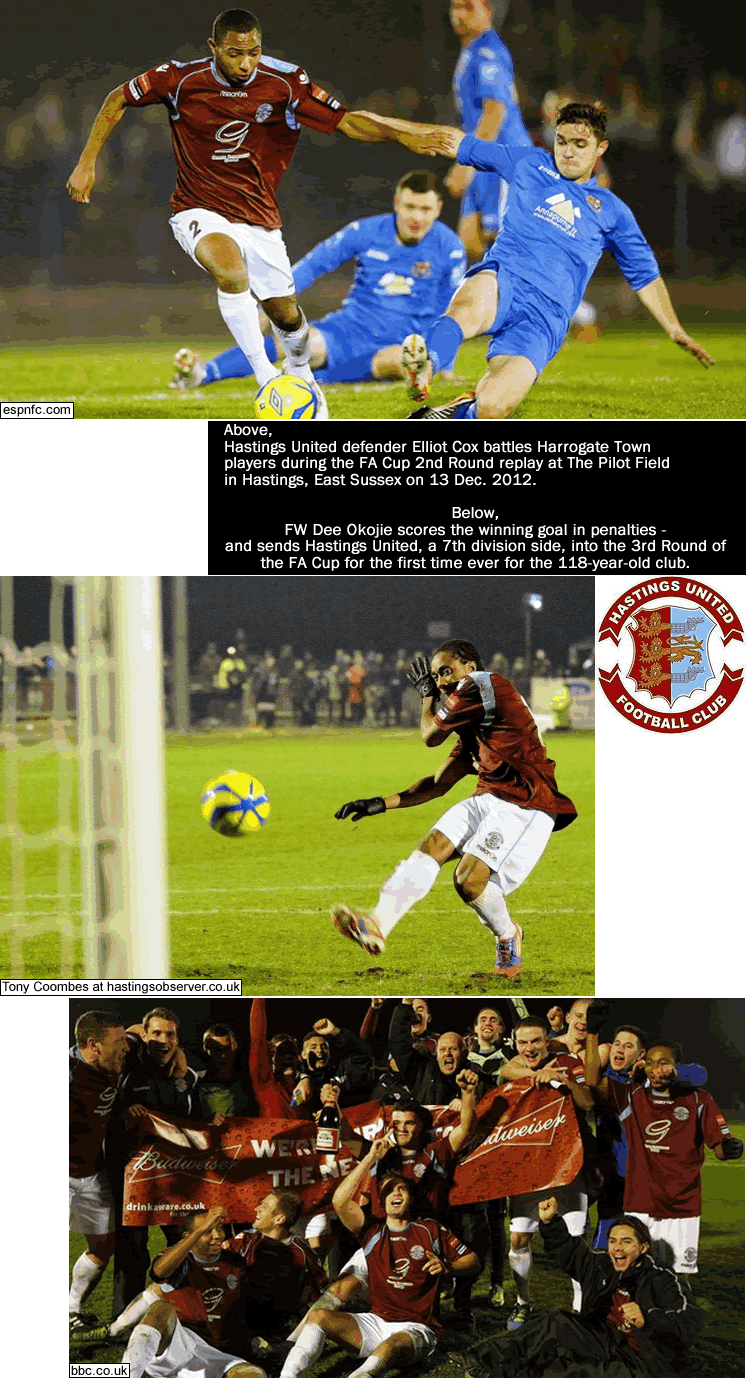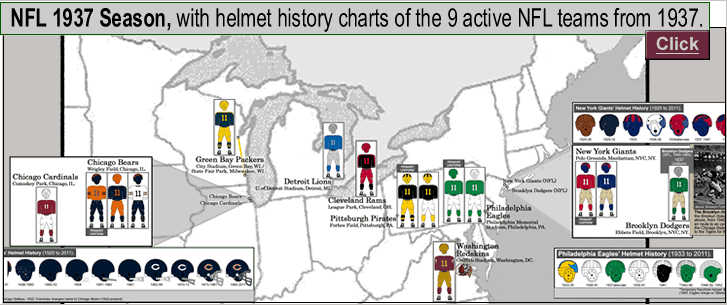
NFL, 1937 map, with all-time helmet histories
…
…
Note: Scroll down to the bottom of this post to see the Helmet History charts of the 9 currently-active teams from 1937 (1937 NFL teams: Chicago Bears, Chicago Cardinals, Cleveland Rams, Detroit Lions, Green Bay Packers, New York football Giants, Philadelphia Eagles, Pittsburgh football Pirates, Washington Redskins).
-
1936 NFL -
1936 NFL teams’ uniforms can be seen at the following link, 1936 NFL teams [uniforms] (gridiron-uniforms.com/1936).
The 9-team NFL that made up the 1936 NFL season looked like this (teams listed in final order of finish):
Eastern Division
Boston Redskins, 1936 NFL Championship Game finalist.
Pittsburgh Pirates
New York Giants
Brooklyn Dodgers
Philadelphia Eagles
Western Division
Green Bay Packers, 1936 NFL Championship Game finalist.
Chicago Bears
Detroit Lions
Chicago Cardinals
In 1936, the NFL played its 17th season. It was the first season where each of the teams played an equal amount of games (12 games). Yes, that is correct – it took 17 years for the NFL to finally have a season with a balanced schedule. (This is one of several reasons why the NFL doesn’t really like to mention, let alone celebrate, the league’s fly-by-night and quasi-bush-league early days.) The 1936 NFL champions were the Green Bay Packers, who beat the Boston Redskins 21-6, in a game played at the Polo Grounds in Manhattan, NY. The 1936 NFL Championship Game was the only NFL title game [pre-Super Bowl era] in which the team with the home field advantage declined to play at their own stadium, and instead elected to play at a neutral site. The Boston Redskins, who had won the Eastern Division, had rights to home field for the 1936 title game (it was done on a rotating basis back then). The Redskins moved the venue to New York City because the Boston Redskins’ owner, George Preston Marshall, was so angry about the small turnout for what would be the last game the Boston Redskins played in Boston, Massachusetts. That game, their final game of the 1936 regular season, was a 30–0 win over the Pittsburgh (football) Pirates, and only 4,813 fans showed up at Fenway Park in Boston (where the Redskins played then). So in spite (and Marshall was a spiteful man), Marshall had the 1936 title game moved to New York City at the Polo Grounds, where the New York (football) Giants played their home NFL games [renting the stadium from the stadium-owners, the New York (baseball) Giants of the National League]. [Note: on the map page you can see 2 photos of the Polo Grounds, as it looked for Giants' NFL games (one is an action photo from a 1937 NFL game of New York vs. Brooklyn, and another photo is an undated aerial photo of the Polo Grounds in football configuration {you can see them at the far right-hand side of the map page near the blue-and-red caption-box})].
The 1936 NFL Championship Game was the 4th that the league had played {origins of NFL playoffs, here, ‘NFL/Playoff and championship history/Early years/1932 playoff game/Before the Super Bowl (en.wikipedia.org)}. The Western Division winners were the Green Bay Packers, who were the last-surviving small-town team in the NFL and who had won 3 straight NFL championships in 1929, 1930, and 1931.
1936 NFL Championship Game, Green Bay 21, Boston 6, at Polo Grounds, New York City. So in 1936, Green Bay claimed their fourth NFL title [all-time, the Packers have won 9 NFL Championship titles and 4 NFL Super Bowl titles].
…
-
The 1937 NFL season
1937 NFL teams’ uniforms can be seen at the following link, 1937 NFL teams [uniforms] (gridiron-uniforms.com/1937).
For 1937, the NFL added a 10th team, with the expansion team the Cleveland Rams. The Cleveland Rams were only technically an expansion team, because the same owner, and 4 players, were part of the 1936 Cleveland Rams of the AFL of 1936 [this AFL, AFL (II) was the second of four rival-leagues called the AFL, the last, of course, being the successful AFL of 1960-69, which ended up getting all 10 of its teams into the NFL in 1970 with the AFL/NFL merger].
If you are interested in reading further on the Rams’ early days, you can click on the following link, to my profile of the franchise here, ‘NFL Thumbnail Histories: the Cleveland Rams/ Los Angeles Rams/ St. Louis Rams.’
Like the 1936 Cleveland Rams of the AFL (II), the 1937 Cleveland Rams of the NFL wore red and black. [The Rams changed to dark blue and yellow-orange the following season, 1938.] The Rams were placed in the Eastern Division, balancing the two NFL divisions then at 5 teams each. Most importantly, the NFL returned, after a 3-year spell, back to a league set-up that featured an even number of teams. [Having an even number of teams is something that is always helpful for an organized league to have, because it makes scheduling less complicated, but it is even more important for a gridiron football league to have an even number of teams - because an odd number of teams means that one team has to sit out each week.]
The other change in league membership in 1937 was that the Redskins franchise moved from Boston to the nation’s capital in Washington, DC. The Redskins began playing at the Major League baseball team the Washington Senators’ Griffith Stadium (you can see an undated photo of the Redskins playing at Griffith Stadium on the map page [lower center of page]).
The 1937 NFL regular season
Midway through the 1937 NFL’s 11-game season, the Chicago Bears, coached by owner George Halas and led by an aging but still effective Bronko Nagurski at fullback, were unbeaten (5–0) in the Western Division, while the New York Giants were leaders in the Eastern Division (4–1). At the Polo Grounds on October 31, the Bears and the Giants played to a 3–3 tie. The Giants and Bears held their leads in their divisions through the middle and latter parts of the ’37 season, with the Bears clinching a spot for the title game with a 13–0 win over Detroit at the University of Detroit Stadium on November 25th.
The Giants, on the other hand, lost their lead. On December 5, the final game of the 1937 season had Washington (7–3 and .700) traveling to New York (6–2–2 and .750). A win or a tie would have given the Giants the Eastern title, but the Redskins, propelled by rookie QB Sammy Baugh, won 49–14, and got the division crown and the trip to Chicago to face the Bears in the 1937 NFL Championship game. The Redskins were coached by former New York Giants End Ray Flaherty (who was elected to the Pro Football Hall of Fame in 1976). But despite the Redskins’ potent and innovative passing-oriented offense, the Redskins were the decided underdogs to the dominant pro football team of that era, the Monsters of the Midway, the Chicago Bears.
Below, 1937 NFL final standings of the regular season…

-
1937 NFL Championship Game, December 12, 1937 at Wrigley Field, Chicago, IL.
Washington Redskins 28, Chicago Bears 21.
It was so cold there that day at Wrigley Field on the North Side of Chicago that spectators tore up parts of the stadium to build large bonfires to keep warm. Both teams wore rubber-soled shoes to gain a better footing. The frozen, ice-shard laden and slippery surface of the field left players cut, bloody and dazed. The lead in the game changed hands 4 times. But the ahead-of-its-time passing-oriented offense of the unheralded Redskins prevailed in the end. The Redskins’ rookie QB Sammy Baugh went 17 for 34 for 352 passing yards and 3 TD passes. Those were unheard-of numbers for that era. Redskins’ coach Ray Flaherty further exploited Baugh’s passing prowess in that game by inventing, on that very day there in Chicago, the behind-the-scrimmage-line screen pass. Sammy Baugh completed three long touchdown passes in the 3rd quarter – 55 yards and 78 yards to End Wayne Miller; then the 35-yarder to Wingback Ed Justice that took the lead for good. The Washington defense held the Bears scoreless in the 4th quarter, and the Washington Redskins were professional gridiron football champions for the first time. Attendance was 15,878.
Below, via youtube.com, a newsreel of the 1937 NFL Championship Game, December 12, 1937 at Wrigley Field, Chicago, IL – Washington Redskins 28, Chicago Bears 21…
‘Newsreel: World Football Crown – 1937‘ (Pathegram newsreel via Youtube.com, posted by weidvideos).
Below is an illustration which includes a screen-shot from the 1937 newsreel of the 1937 NFL Championship Game (linked to above) between the Chicago Bears and the Washington Redskins…
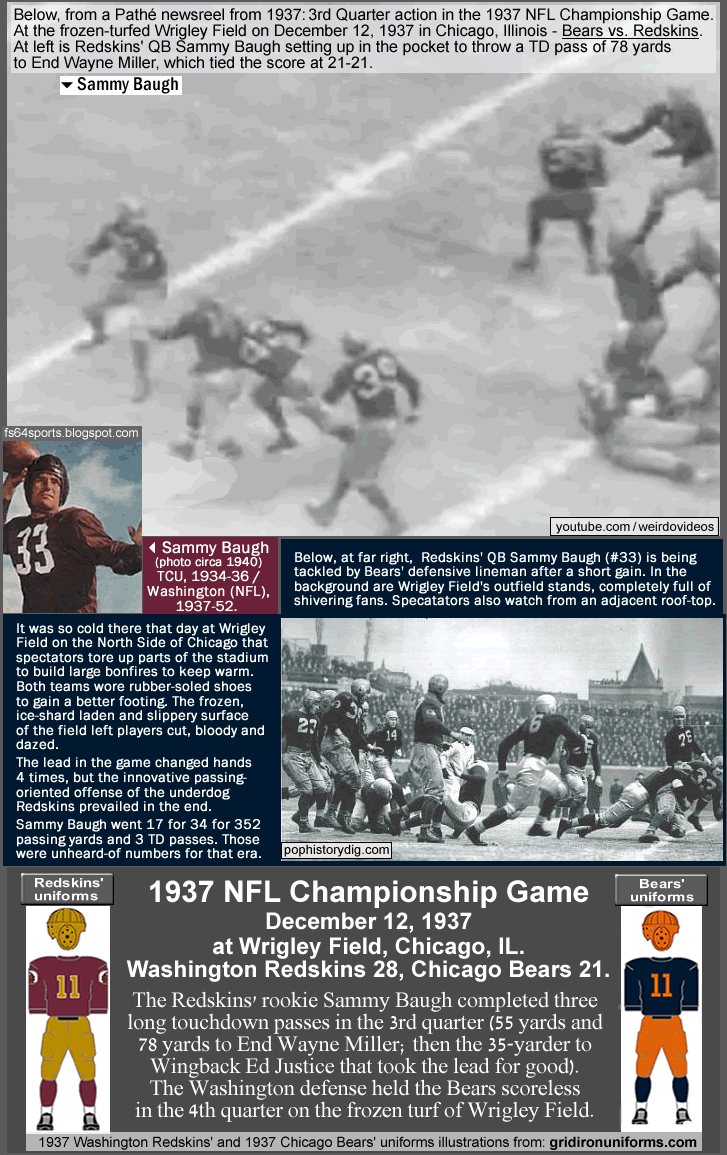
Image and Photo credits above -
Illustration of Bears’ and Redskins’ uniforms from uniformdatabases.com/1937.
Screenshot of Pathegram newsreel via Youtube.com, posted by weidvideos.
fs64sports.blogspot.com.
pophistorydig.com.
…
‘1937 Washington Redskins season‘ (en.wikipedia.org) [note: this link includes a team photo of the Redskins at Soldier Field in Chicago in Aug. 1938, 8 months after they had beaten the Bears for the title at Wrigley Field.]
…
From the Washington Redskins’ official site, from Feb.12, 2012, by Michael Richman, ‘Flashback: Redskins’ First season In D.C.‘
…
From NFL Network – ‘Top Ten Most Versatile Players, number one: Sammy Baugh‘ (3:31 video from nfl.com).
In the video linked to above, pro football historian Ray Didinger says, “You’re talking about one guy who was Peyton Manning, Ray Guy, and Ronnie Lott, all in one…” That one guy was Sammy Baugh, the QB/P/DB of the Washington Redskins for 16 seasons from 1937 to 1952. Slingin’ Sammy Baugh was a Texas-born halfback out of TCU. Baugh helped pioneer the quarterback’s role in the modern football game. Baugh, like many of his contemporaries, played both offense and defense – he excelled as a defensive safety, plus he took the Redskins’ punting duties. Baugh threw for 168 TD passes in a 16-year career for Washington. Baugh retired in 1952. In 1963 he was a charter member of the Pro Football Hall of Fame in Canton, OH.
…
From TheHogs.com, the salient points of Sammy Baugh’s NFL career…
» Drafted 6th overall in the first round of the 1937 draft.
» All-NFL seven times.
» NFL passing leader six times.
» NFL passing, punting AND interception champ, 1943.
» Only player to lead the NFL in an offensive, defensive, and special teams category.
» Top punter in NFL history.
» Career records: 21,886 yards, 187 TDs passing, 45.1-yard punting average, 31 interceptions.
» Only player in Redskin history to have his jersey retired (33).
…
From the Pop History Dig, ‘Annals of Sport – “Slingin’ Sammy” [Baugh]‘.
…
-
Helmet Histories of the 9 oldest-still-active NFL teams (all teams still active from at least 1937)
Est. 1898 as the Independent semi-pro team the Morgan Athletic Club of Chicago, IL (Morgan Athletic Club {Independent}, 1898). / Name changed to Racine Normals (Racine Normals {Independent}, 1899-1901) [Racine being the street where the team's football field (Normal Park) was located, in the South Side of Chicago]. / In 1901 name changed to Racine Cardinals (Racine Cardinals {Independent}, 1901-06;1913-18; 1918-19). / Joined NFL [APFA] in 1920 as the Racine Cardinals (NFL [APFA], 1920-21). / In 1922 name changed to Chicago Cardinals (NFL, 1922-1959). / In 1960 moved to St. Louis, MO: St. Louis Cardinals (NFL, 1960-1987). / In 1988 moved to Greater Phoenix, AZ: Phoenix Cardinals (NFL, 1988-93). / In 1994 name changed to Arizona Cardinals (NFL, 1994-2013).
Arizona Cardinals Helmet History -

Arizona Cardinals Helmet History
Image credits above – gridiron-uniforms.com/cardinals.
…
Est. 1919 as the Independent semi-pro team the Decatur Staleys (of the A.E. Staley Co.) of Decatur, IL. / Joined NFL [APFA] in 1920 as the Decatur Staleys (NFL, 1920). / In 1921 moved to Chicago, IL: Chicago Staleys (NFL [APFA], 1921). / In 1922 their name changed to Chicago Bears (NFL, 1922-2013).
Chicago Bears Helmet History -

Chicago Bears Helmet History
Image credits above – gridiron-uniforms.com/bears.
…
Est. 1919 as the Independent semi-pro team the Green Bay Packers (of the Indian Packing Co.) of Green Bay, WI. / Joined NFL [APFA] in 1921, Green Bay Packers (NFL, 1921-2013).
Green Bay Packers Helmet History –

Green Bay Packers Helmet History
Image credits above – gridiron-uniforms.com/packers.
…
Est. 1925 as an NFL expansion franchise, the New York (football) Giants (1925-2013) of New York City, NY.
New York Giants Helmet History -

New York Giants Helmet History
Image credits above – gridiron-uniforms.com/giants.
…
Est. 1929 as the Independent semi-pro team the Portsmouth Spartans of Portsmouth, OH. / Joined NFL in 1930 as the Portsmouth Spartans (NFL, 1930-33). / In 1934 moved to Detroit, MI as the Detroit Lions (NFL, 1934-2013).
Detroit Lions Helmet History -

Detroit Lions Helmet History
Image credits above – gridiron-uniforms.com/lions.
…
Est. 1932 as an NFL expansion franchise, the Boston (football) Braves of Boston, MA (NFL, 1932). / In 1933 changed name to Boston Redskins (NFL, 1933-36). / In 1937 moved to Washington, DC as the Washington Redskins (NFL, 1937-2013).
Washington Redskins Helmet History -

Washington Redskins Helmet History
Image credits above – gridiron-uniforms.com/redskins.
…
Est. 1933 as an NFL expansion franchise, Philadelphia Eagles (NFL, 1933-2013).
Philadelphia Eagles Helmet History -

Philadelphia Eagle Helmet History
Image credits above – gridiron-uniforms.com/eagles.
…
Est. 1933 as an NFL expansion franchise, Pittsburgh (football) Pirates of Pittsburgh, PA (NFL, 1933-39). / In 1940 changed name to Pittsburgh Steelers (NFL, 1940-2013).
Pittsburgh Steelers Helmet History -

Pittsburgh Steelers Helmet History
Image credits above – gridiron-uniforms.com/steelers.
…
Est. 1936 as the Cleveland Rams of Cleveland, OH, a team in the second [of 4] AFL leagues that existed in the 20th century, the AFL (II) of 1936. / Joined NFL in 1937 as the expansion team the Cleveland Rams (NFL, 1937-45). / In 1946 moved to Los Angeles, CA as the Los Angeles Rams (NFL, 1946-1994). / In 1995 moved to St. Louis, MO as the St. Louis Rams (NFL, 1995-2012).
St. Louis Rams Helmet History -

St. Louis Rams Helmet History
Image credits above – gridiron-uniforms.com/rams.
___
Photo credits on map (going clockwise from the upper left of the map page)-
Green Bay’s City Field (1920s) from packers.com/Stadium History/Other Homes.
Brooklyn football Dodgers at Ebbets Field photo from: Brooklyn Ballparks.com.
Large action photo of New York football Giants vs. Brooklyn football Dodgers at the Polo Grounds from 1937: AP photo via brooklynbeforenow.blogspot.com.
Polo Grounds aerial view: history.giants.com.
Washington Redskins playing at Griffith Sradium photo [date and opponents indeterminate] from bleacherreport.com.
Sammy Baugh photo, 1940 vs. Bears, unattributed at pophistorydig.com/topics/sammy-baugh-1930s-1950s/
Sammy Baugh color-tinted photo, unattributed at fs64sports.blogspot.com, ‘List of the day, Best Passing Yardage Seasons, 1940s NFL‘.
Chicago Bears at Wrigley Field aerial photo, unattributed at stadiumsofprofootball.com.
Comiskey Park [Chicago Cardinals], unattributed at SportsE-cyclopedia.com.
_
Thanks to the FootballDatabase.com, for score lines from 1937.
Thanks to mlb.com, for this article, ‘Football at Wrigley has long, storied past‘.
Special thanks to Gridiron Uniforms Database, for allowing billsportsmaps.com use of their NFL uniforms illustrations, gridiron-uniforms.com.
